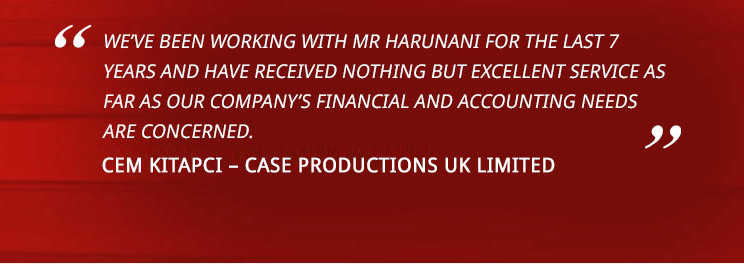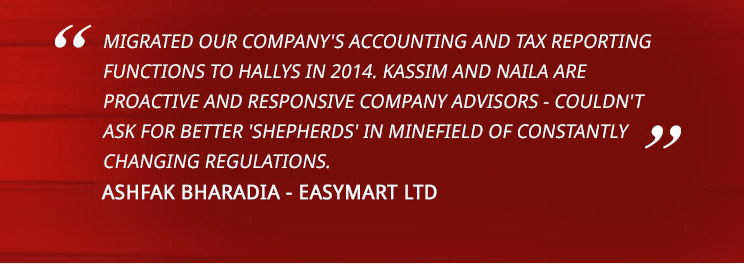Mileage Allowance Payments (MAPs) are the rates used by employers to reimburse employees when they use their own transport for business purposes. The current rates are well-known. They are:
- Cars and vans – 45p per mile for the first 10,000 miles and 25p thereafter.
- Motorcycles – 24p per mile
- Bikes – 20p per mile
As long as employers pay at these rates, and no more, any expenses paid are tax free in the hands of the employee.
If the employer is registered for VAT, they can also claim back as input tax the deemed VAT included in the mileage rate. To do this, employers should use the advisory fuel rates. These are published on the gov.uk website at https://www.gov.uk/government/publications/advisory-fuel-rates/advisory-fuel-rates-from-1-march-2016
If employers pay at rates higher than MAPs, any excess will be treated as remuneration, added to employees’ salary, and taxed accordingly.
If employers pay their employees at less than the MAP rates, employees can make a claim to HMRC to compensate them for any shortfall. In effect, the difference in the MAP rate paid times the business mileage for the tax year can be claimed as an allowable expense.















